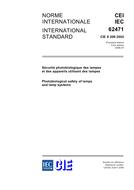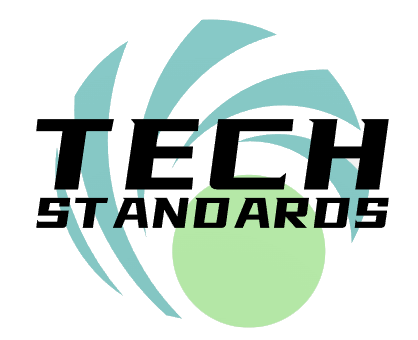
CIE x009 – Photobiological safety of lamps and lamp systems (bilingual edition)
Lamps were developed and produced in large quantities and became commonplace in an erawhen industry-wide safety standards were not the norm. The evaluation and control of opticalradiation hazards from lamps and lamp systems is a far more complicated subject than similartasks for a single-wavelength laser system.
The required radiometric measurements are quite involved, for they do not deal with the simple optics of a point source, but rather with an extended source that may or may not be altered by diffusers or projection optics. Also the wavelength distribution of the lamp may be altered by ancillary optical elements, diffusers,lenses, and the like, as well as variations in operating conditions.
To evaluate a broad-band optical source, such as an arc lamp, an incandescent lamp, a fluorescent lamp, an array of lamps or a lamp system, it is first necessary to determine the spectral distribution of optical radiation emitted from the source at the point or points of nearest human access. This accessible emission spectral distribution of interest for a lighting system may differ from that actually being emitted by the lamp alone due to the filtration by any optical elements (e.g., projection optics) in the light path. Secondly, the size,or projected size, of the source must be characterized in the retinal hazard spectral region.
Thirdly, it may be necessary to determine the variation of irradiance and effective radiancewith distance. The performance of the necessary measurements is normally not an easy taskwithout sophisticated instruments. Thus it was decided to include reference measurementtechniques for lamps and lamp systems in this standard. The measurement techniques alongwith the described risk group classification scheme will provide common ground for both lampmanufacturers and users to define the specific photobiological hazards of any given lampand/or lamp system.
Finally, there are well known optical radiation hazards associated with some lampsand lamp systems. The purpose of this standard is to provide a standardized technique forevaluation of potential radiation hazards that may be associated with various lamps and lampsystems.
Product Details
- Published:
- 07/01/2007
- Number of Pages:
- 98
- File Size:
- 1 file , 710 KB
- Note:
- This product is unavailable in Ukraine, Russia, Belarus




